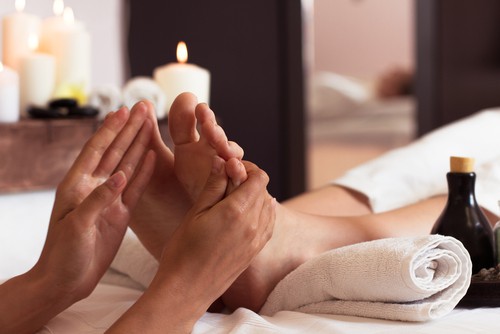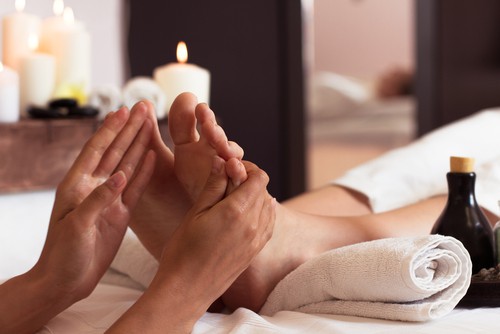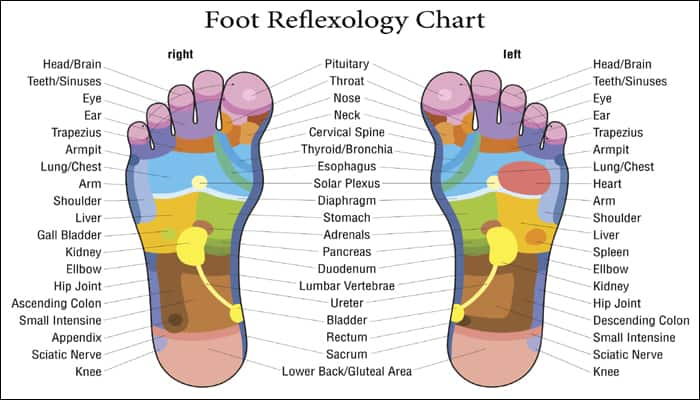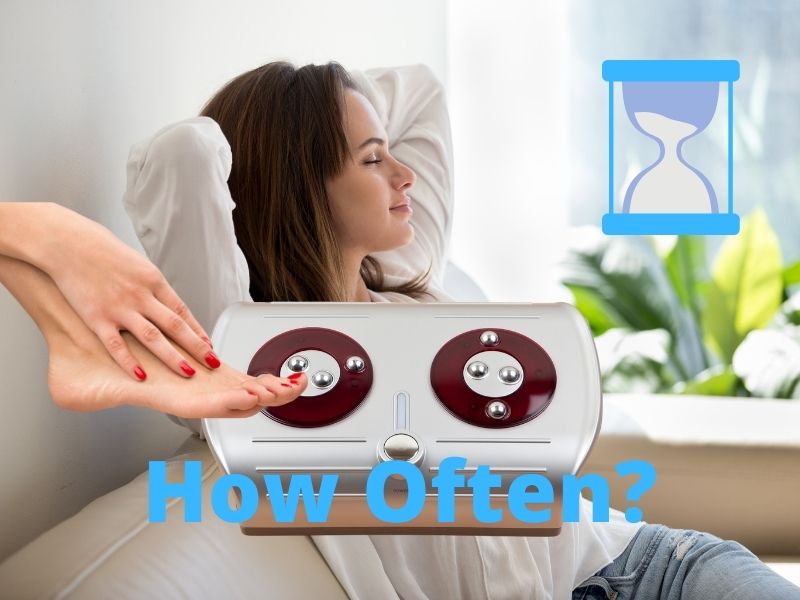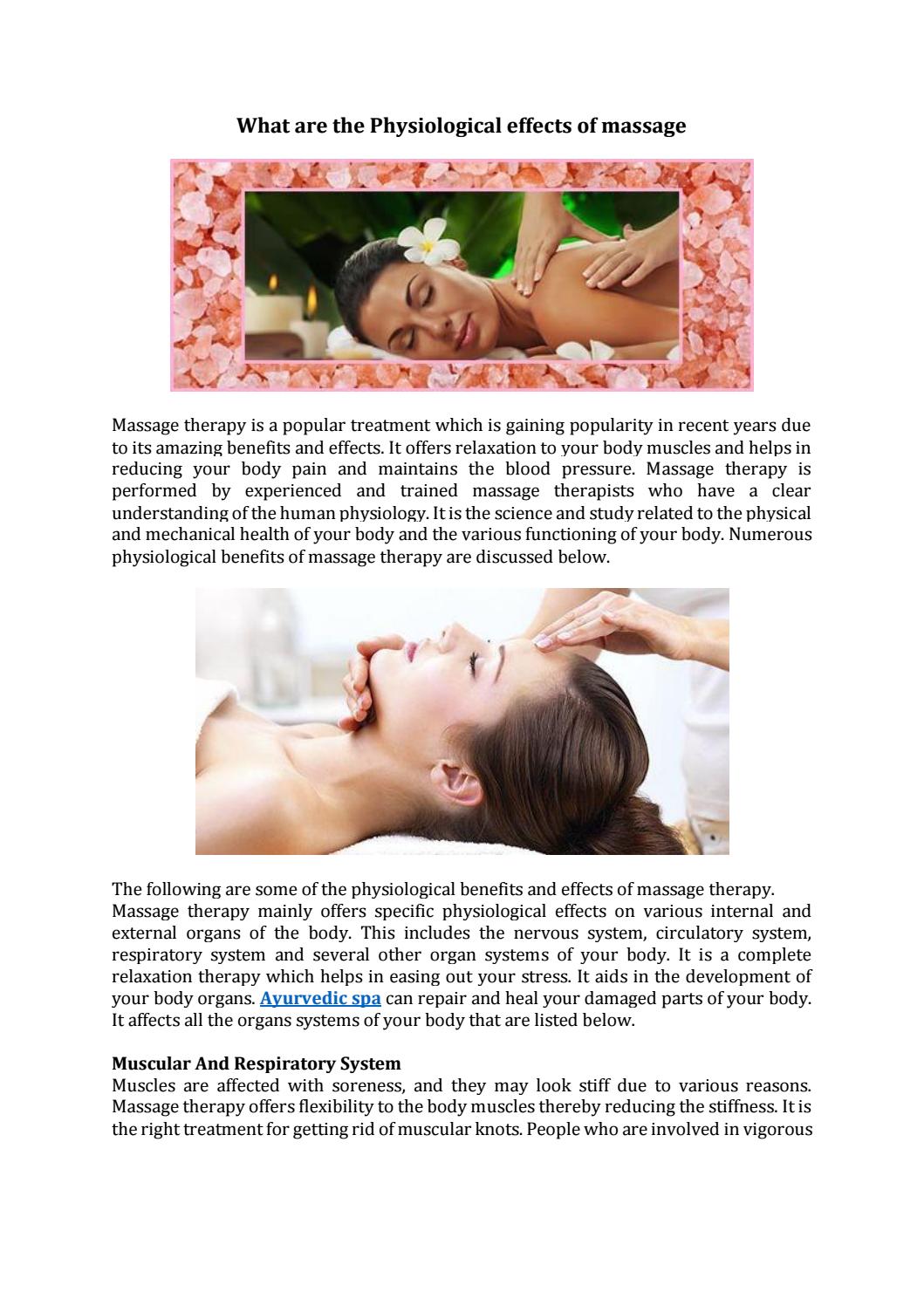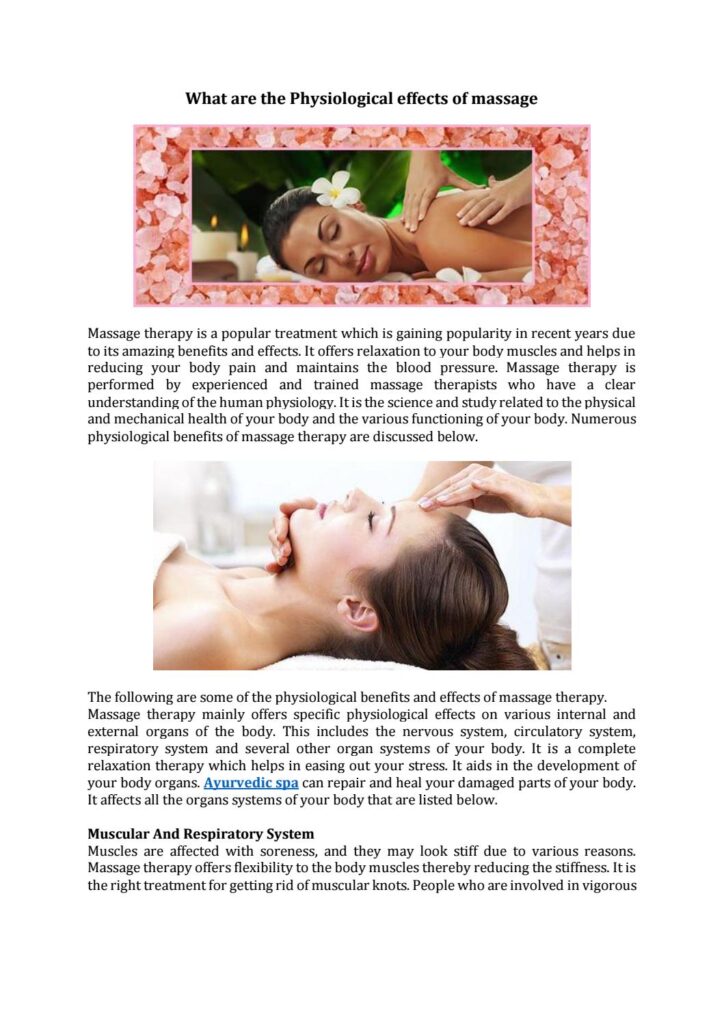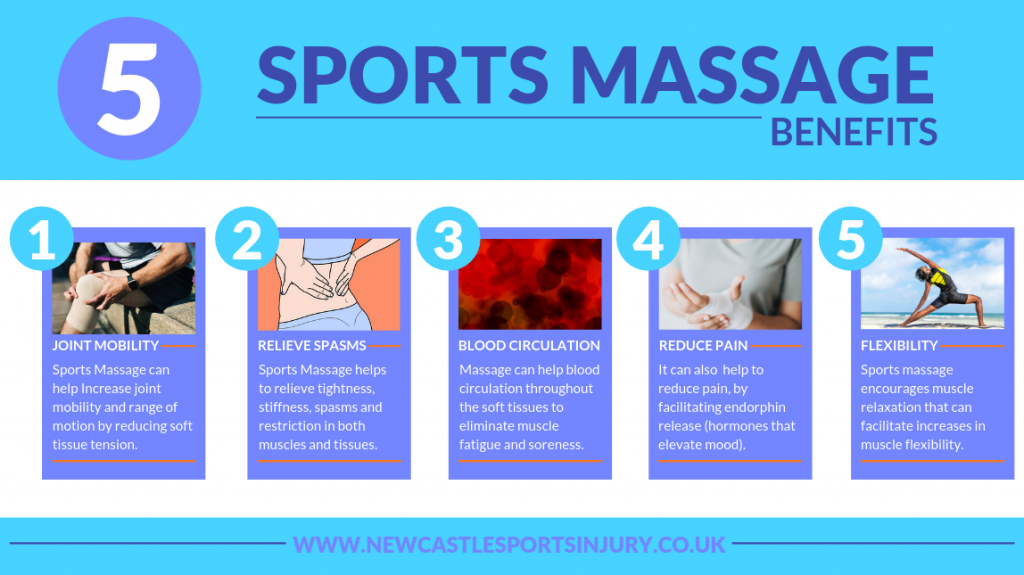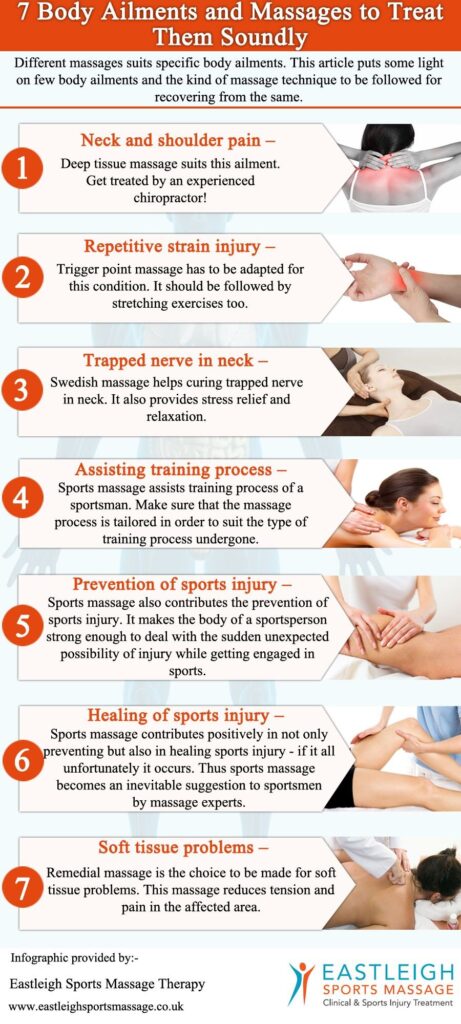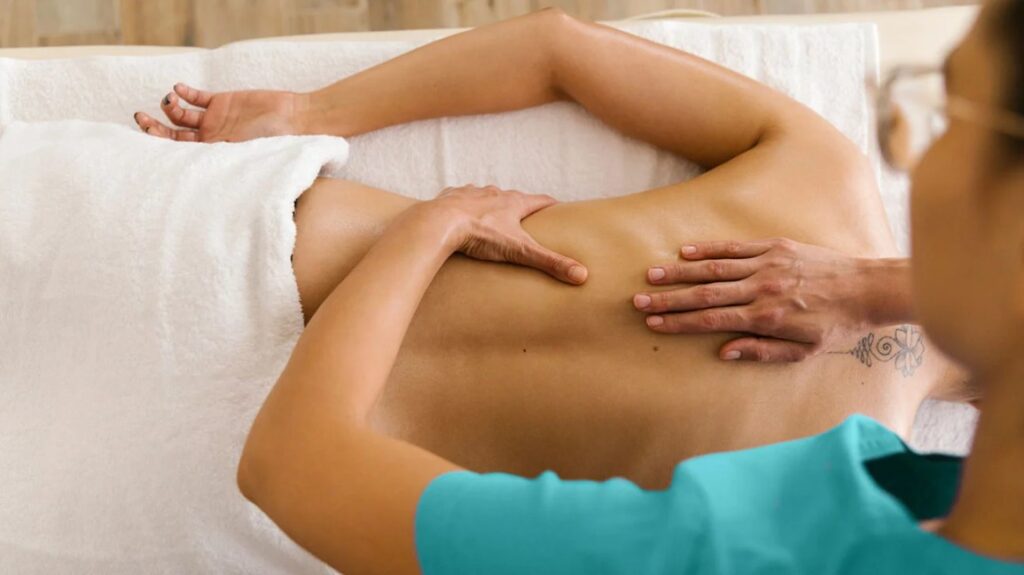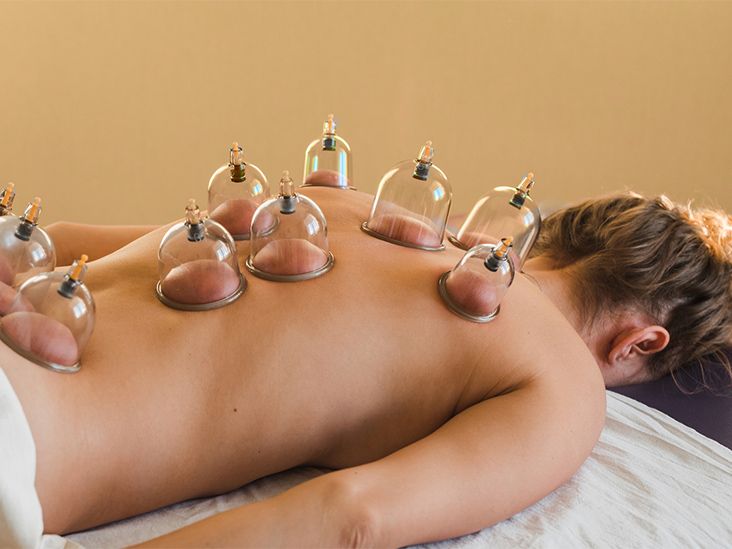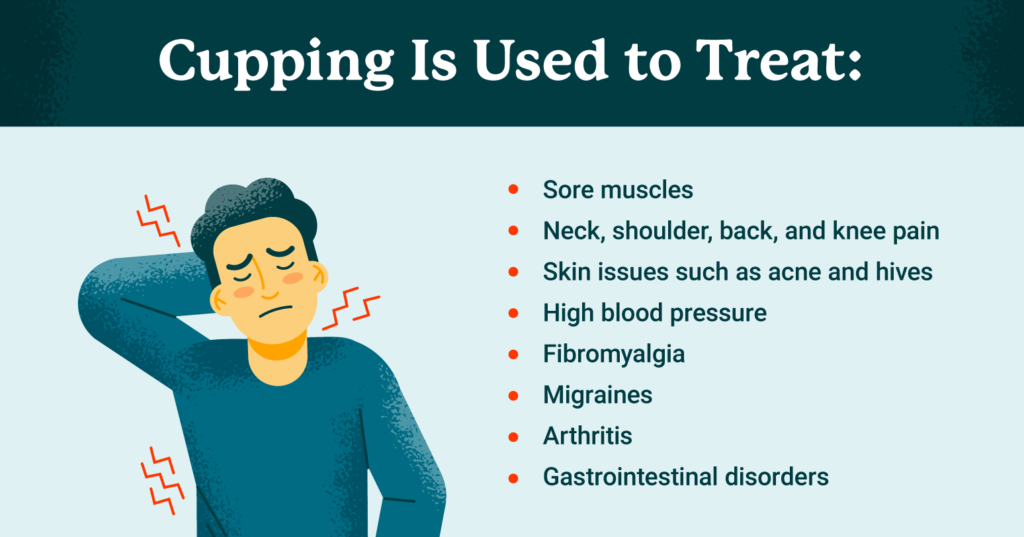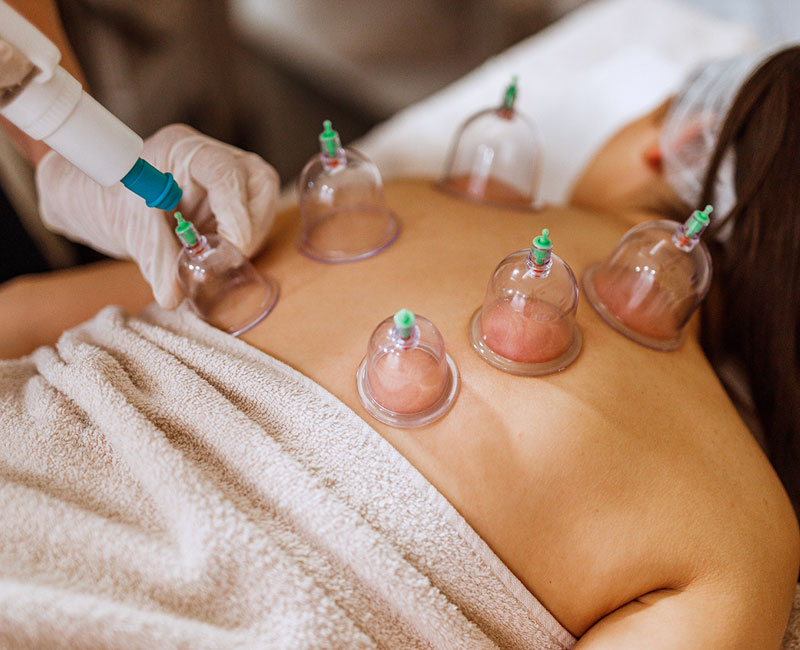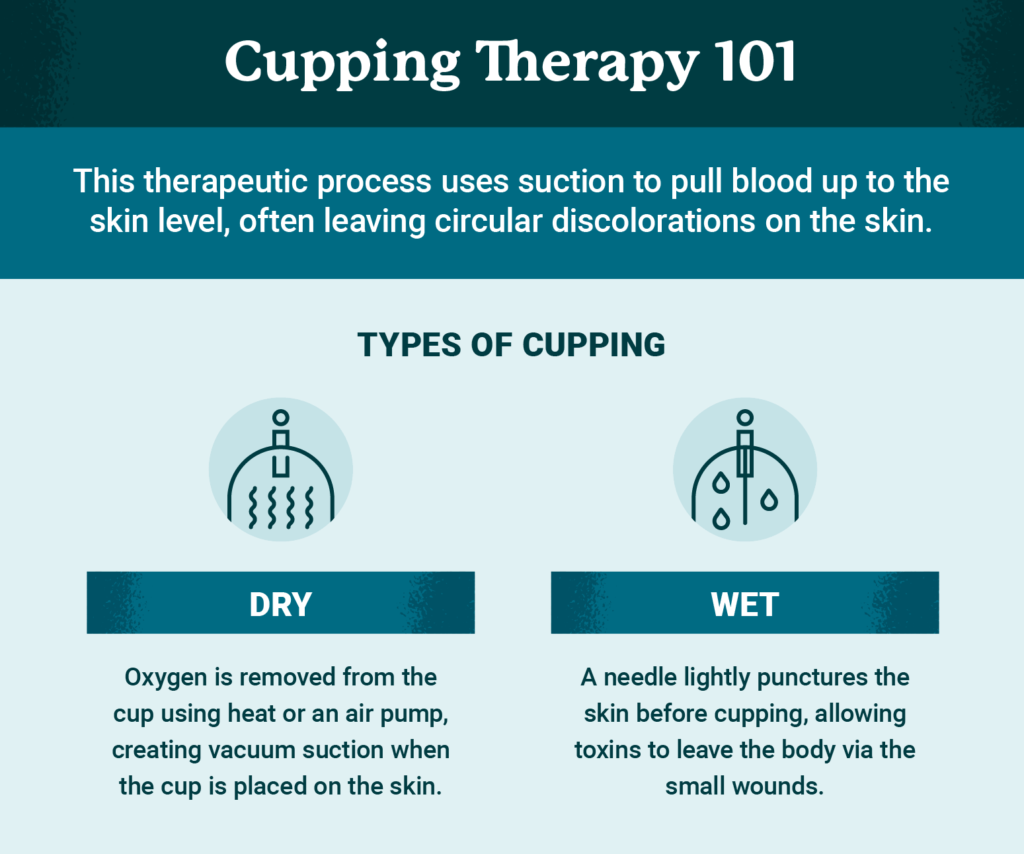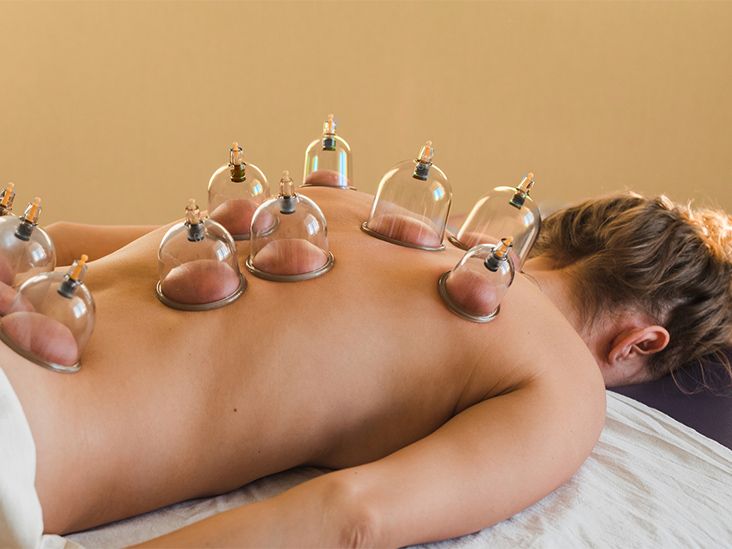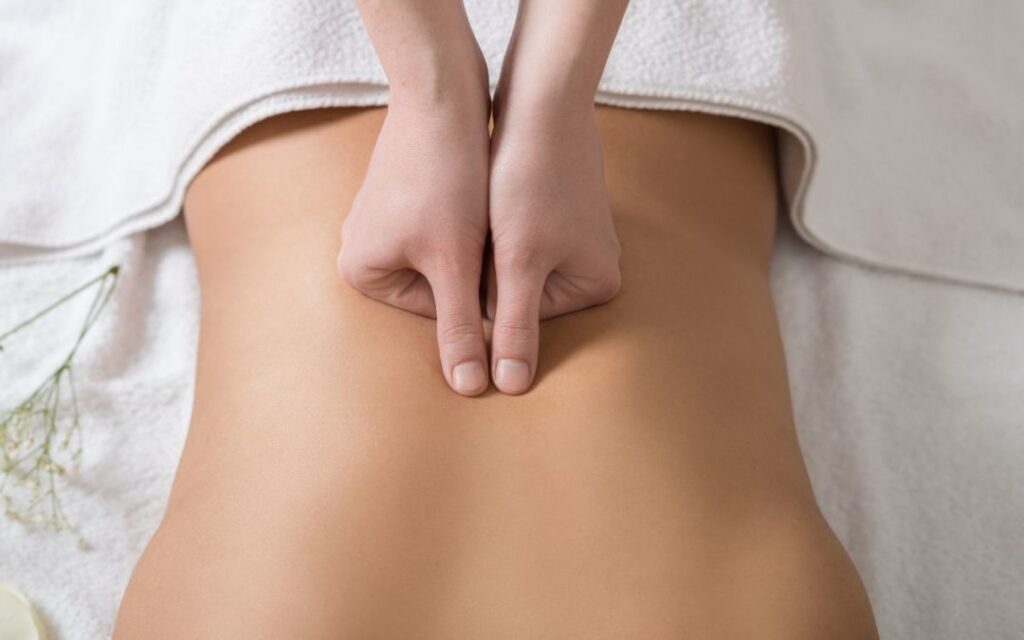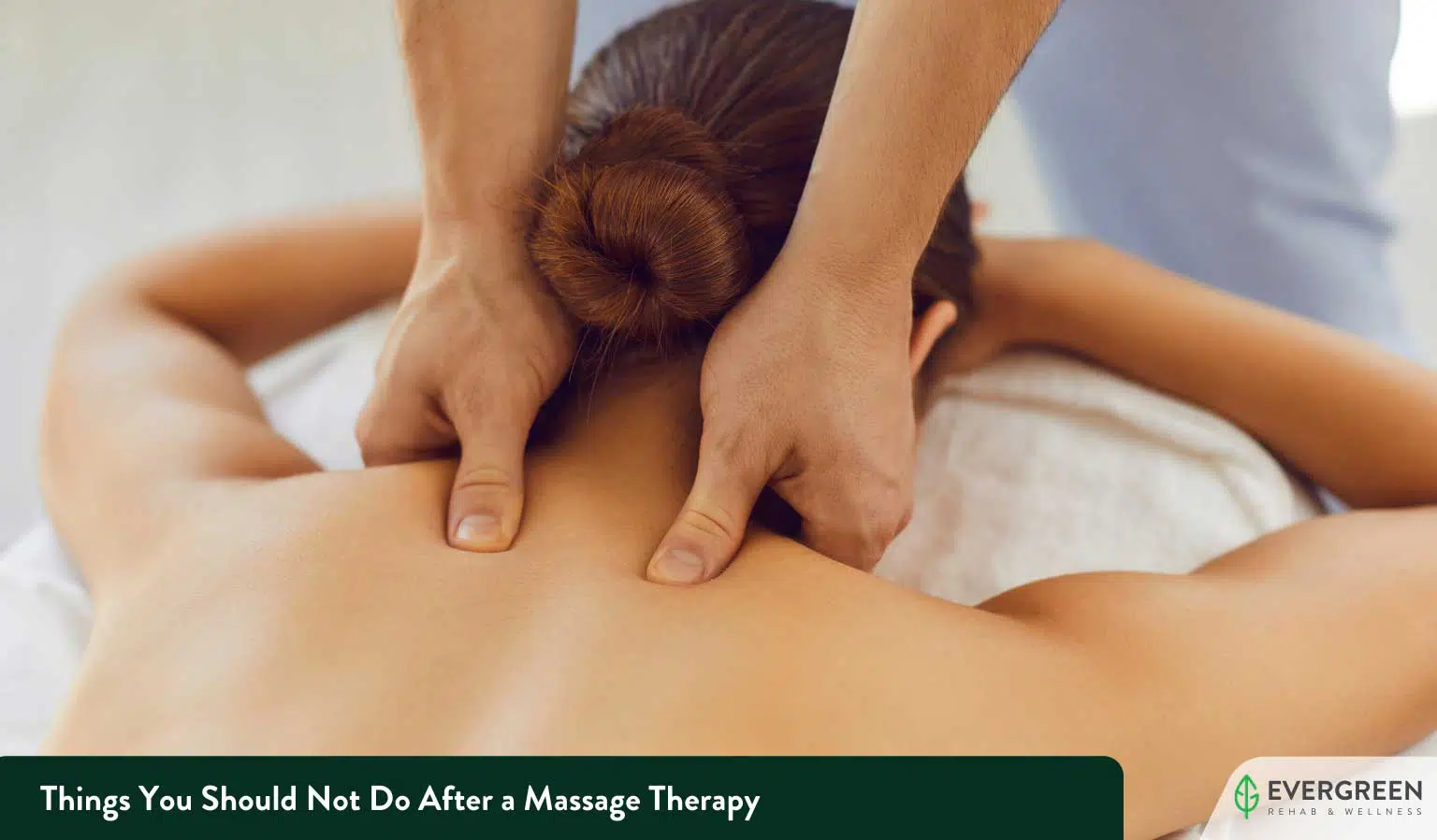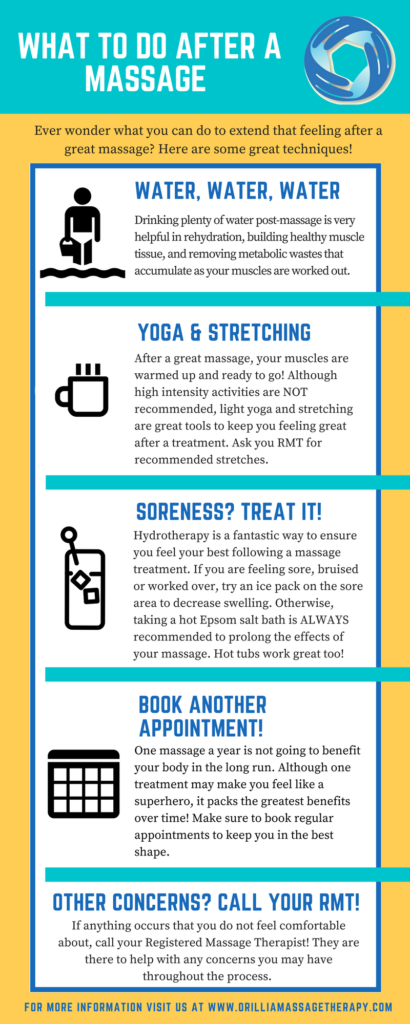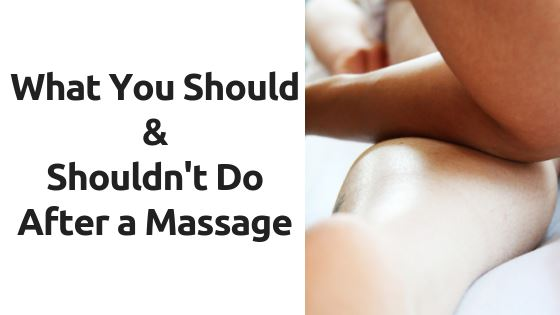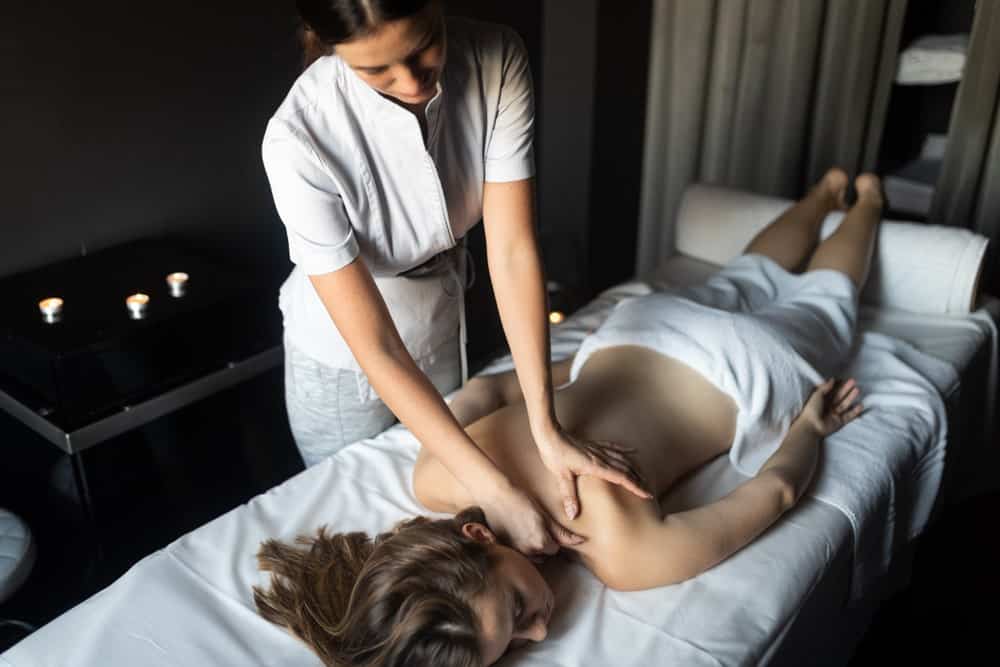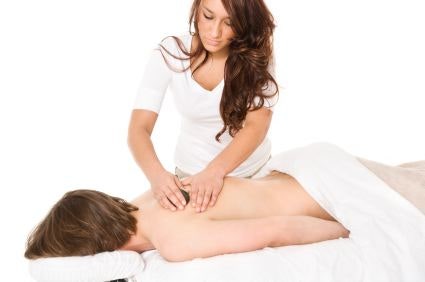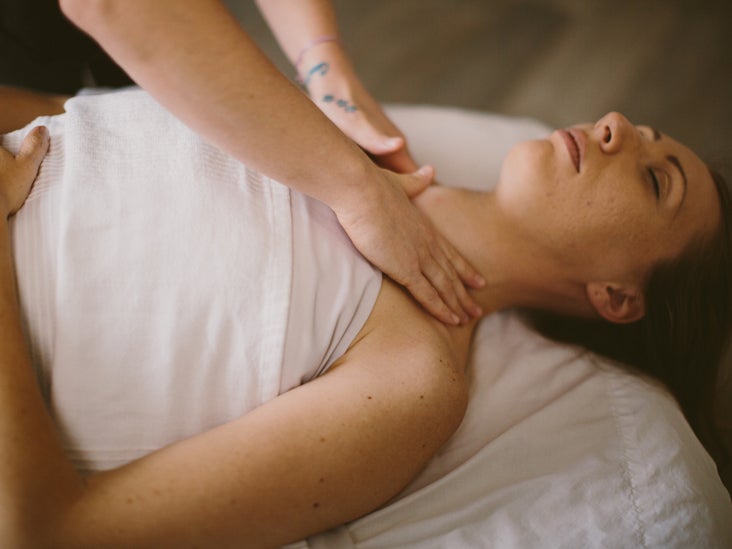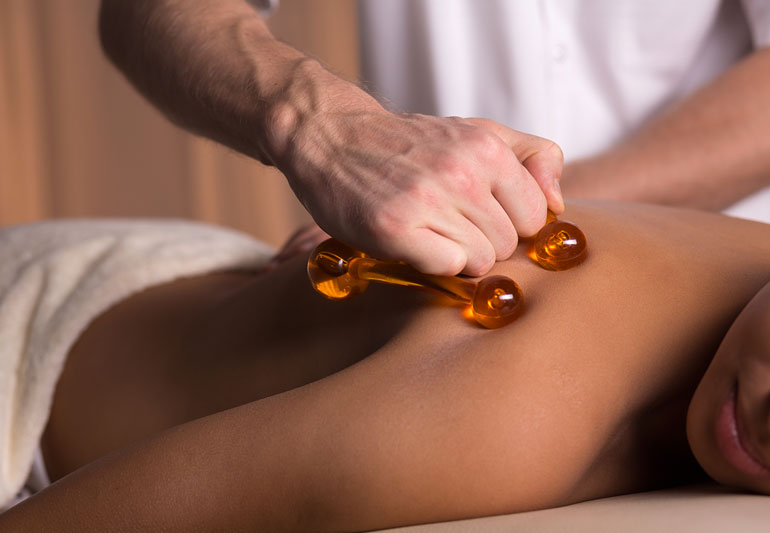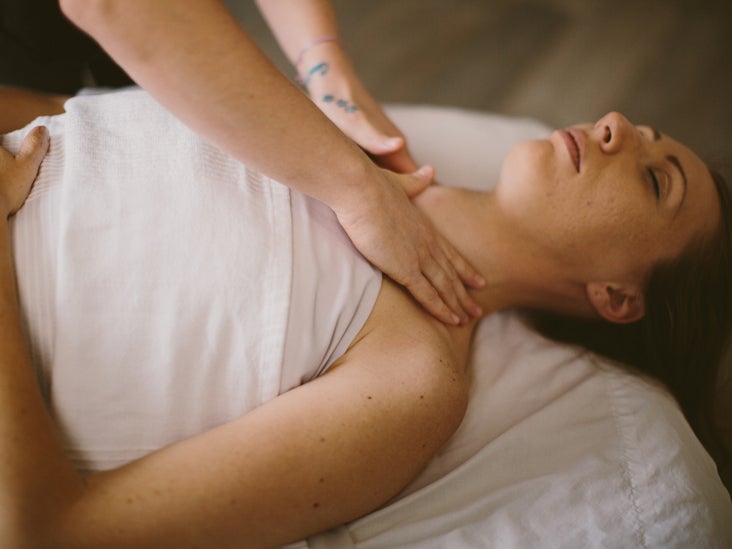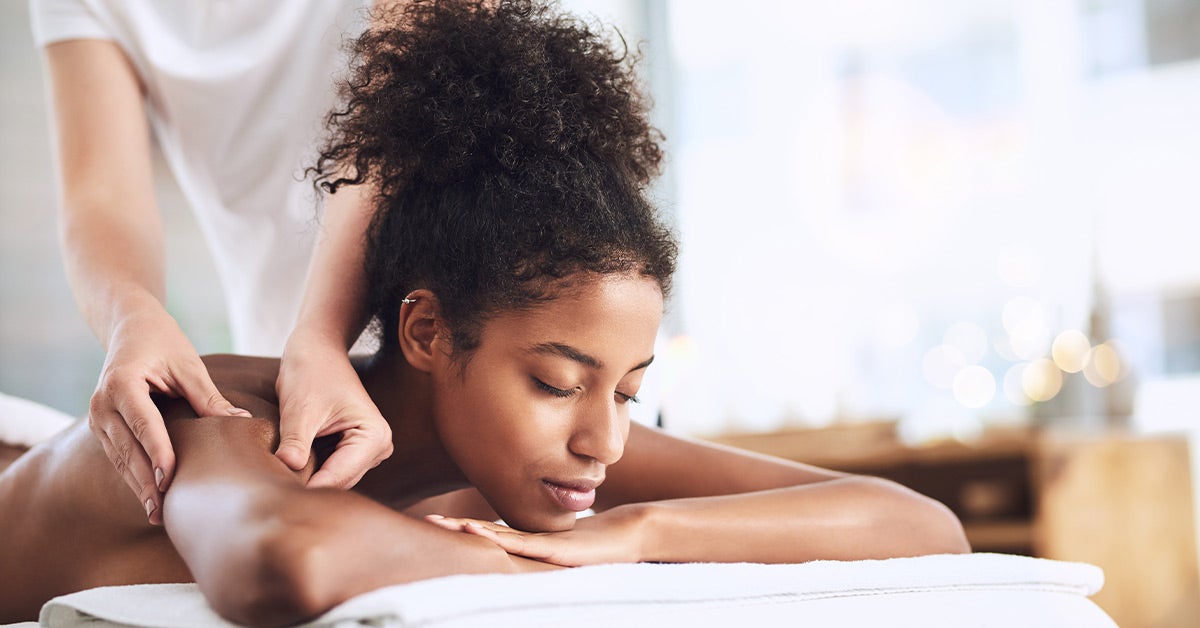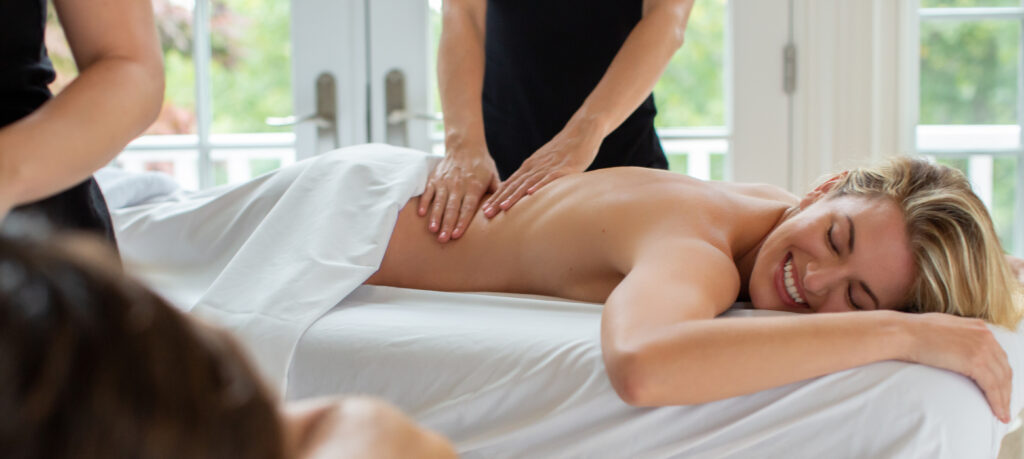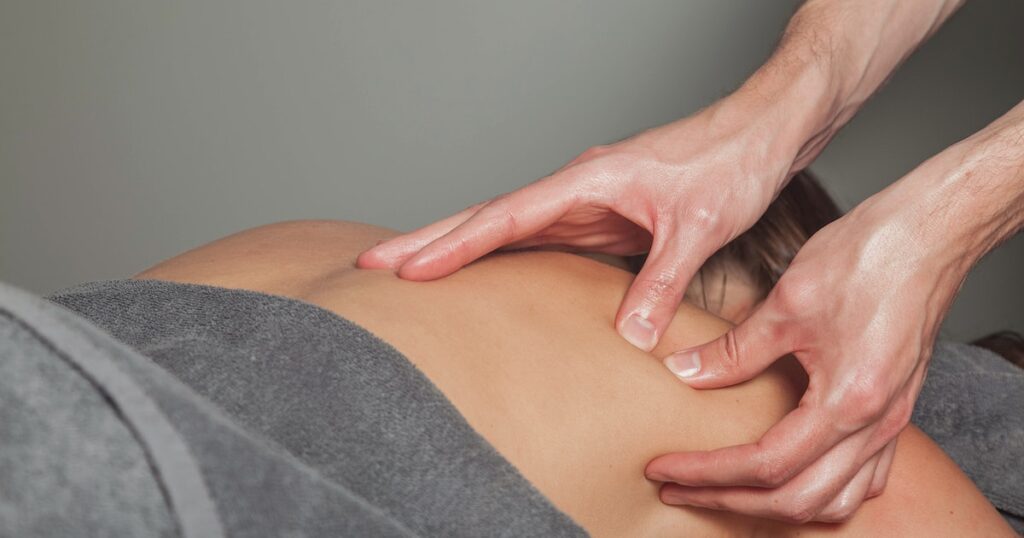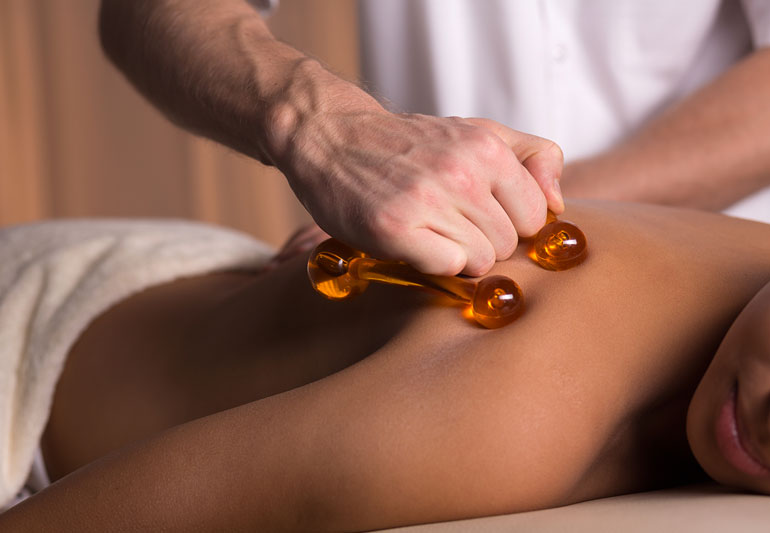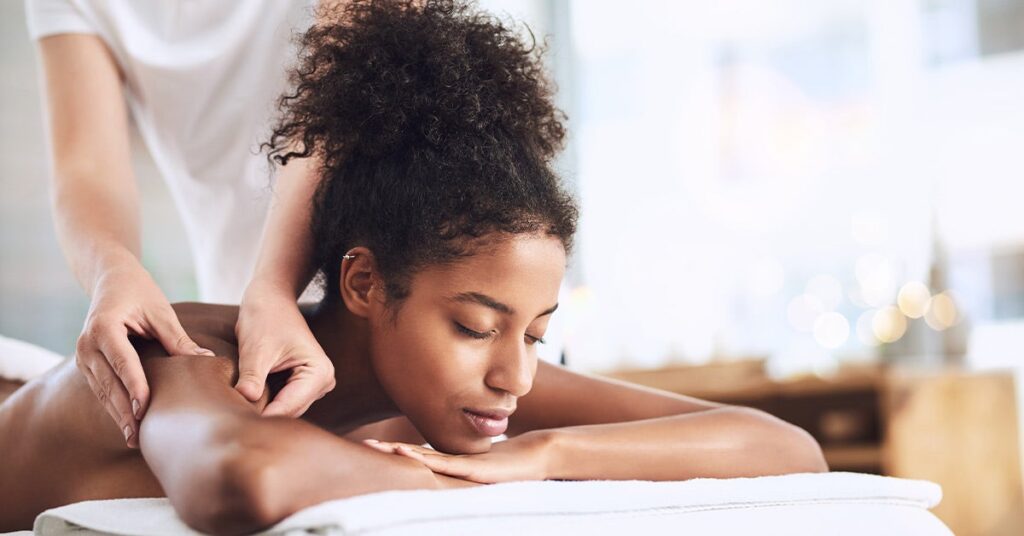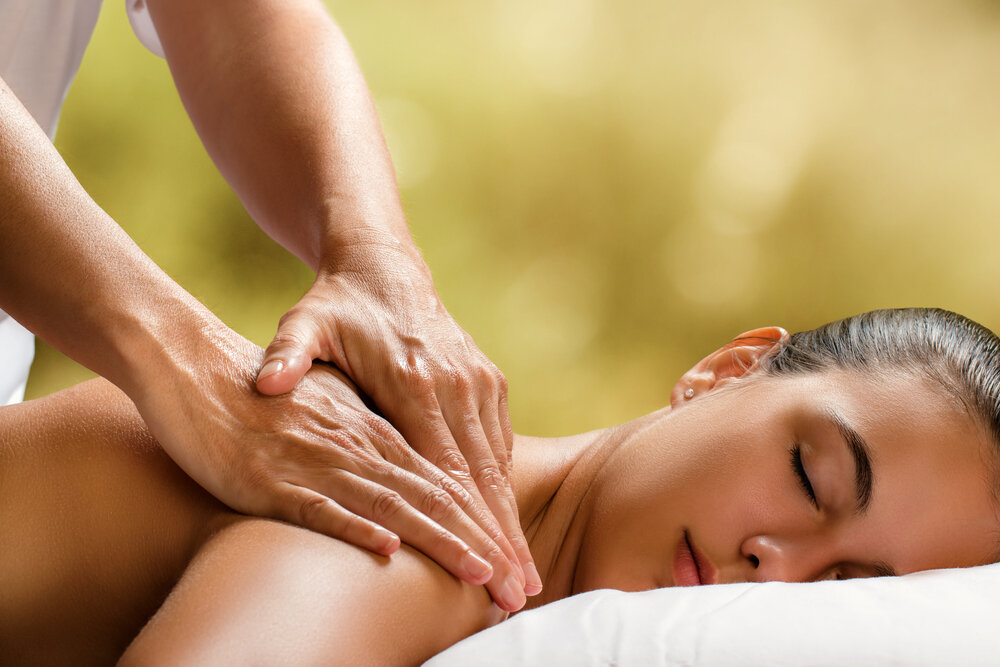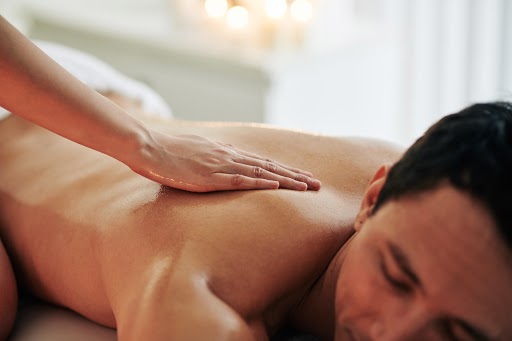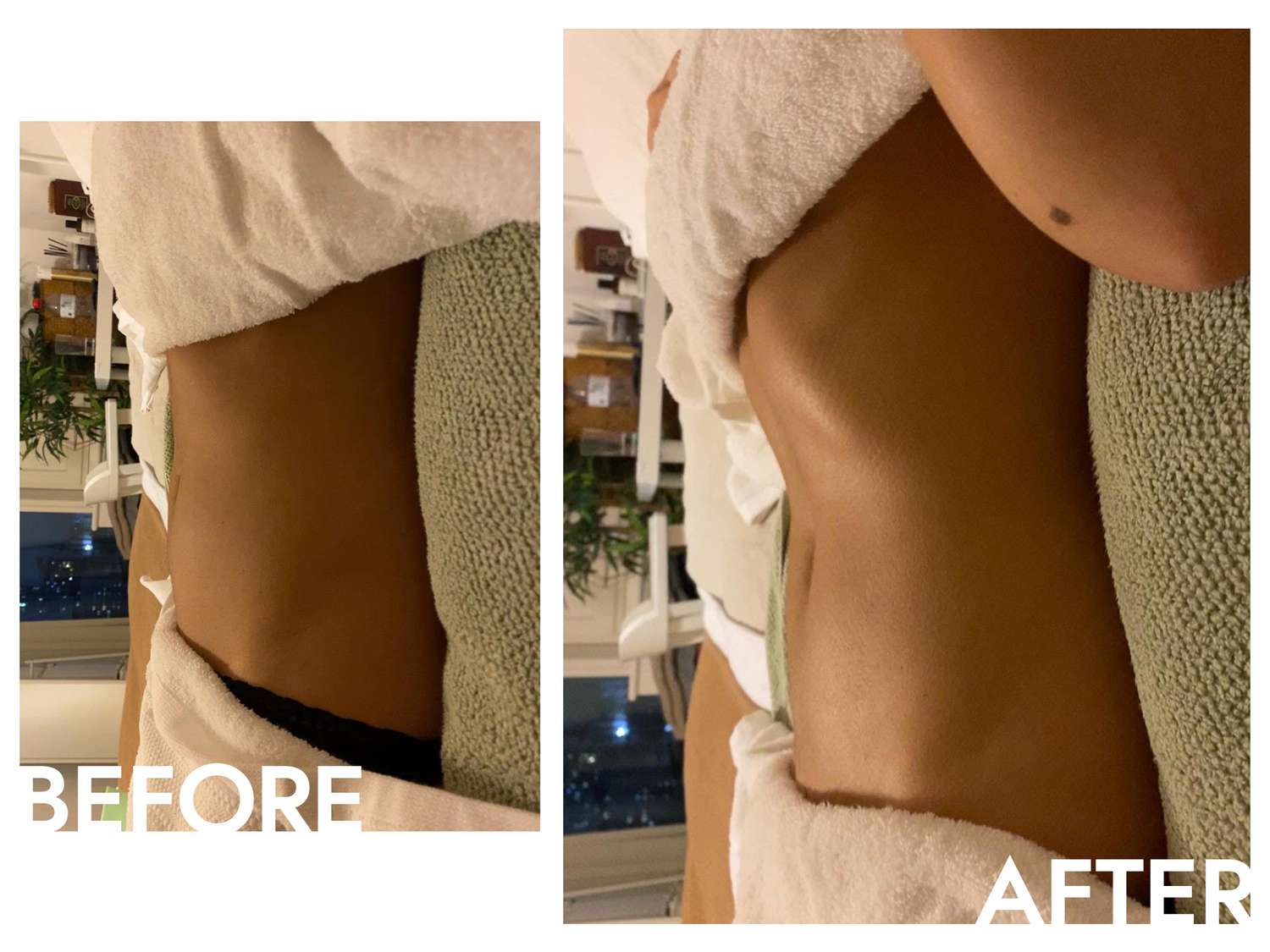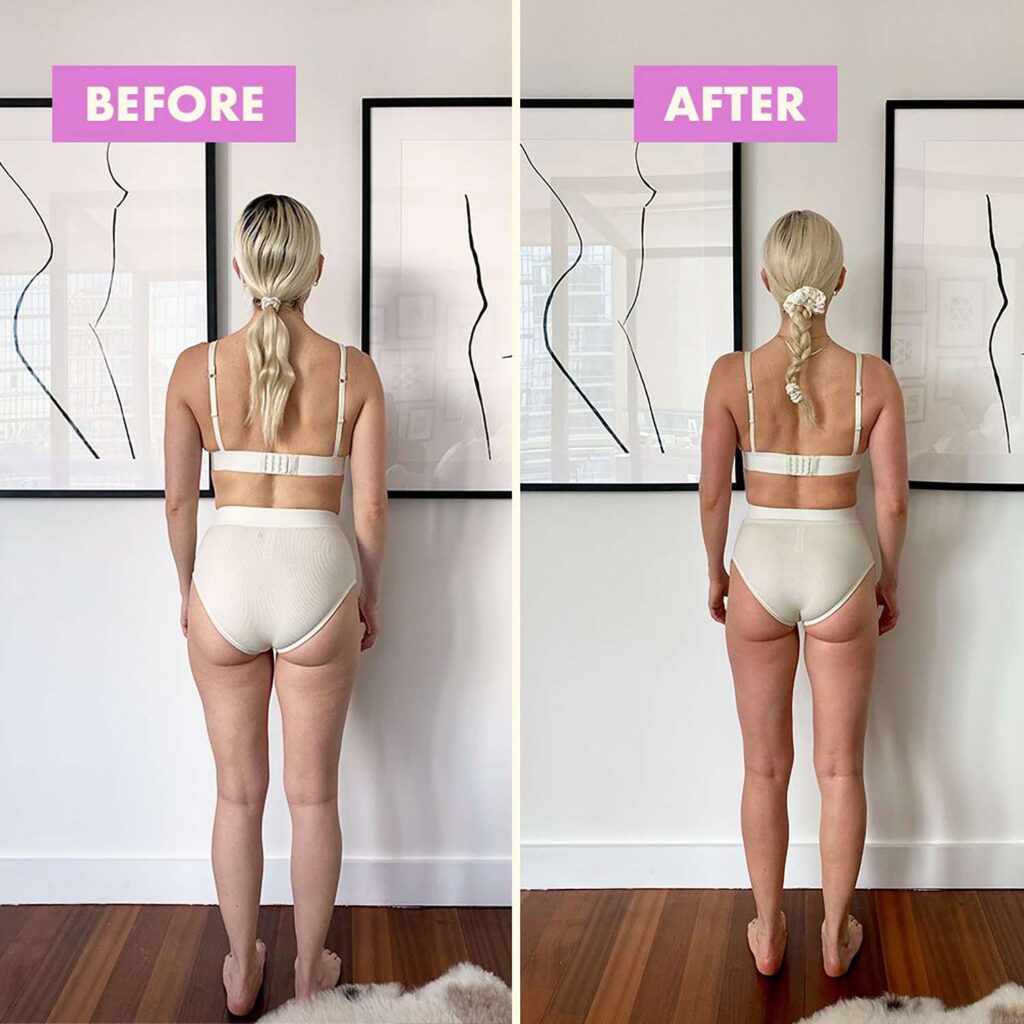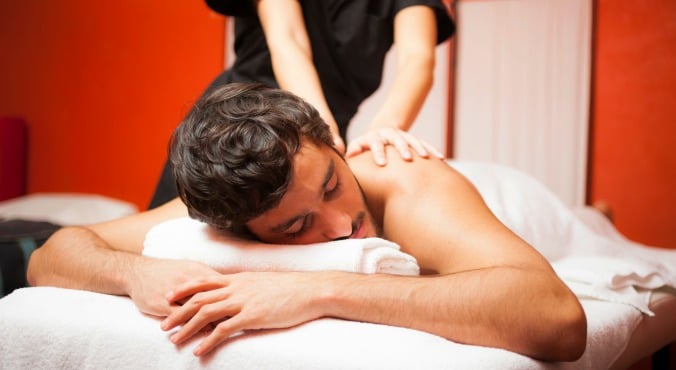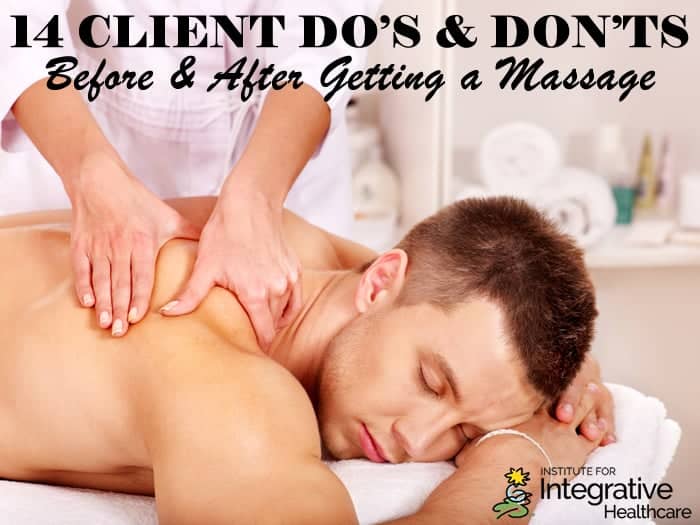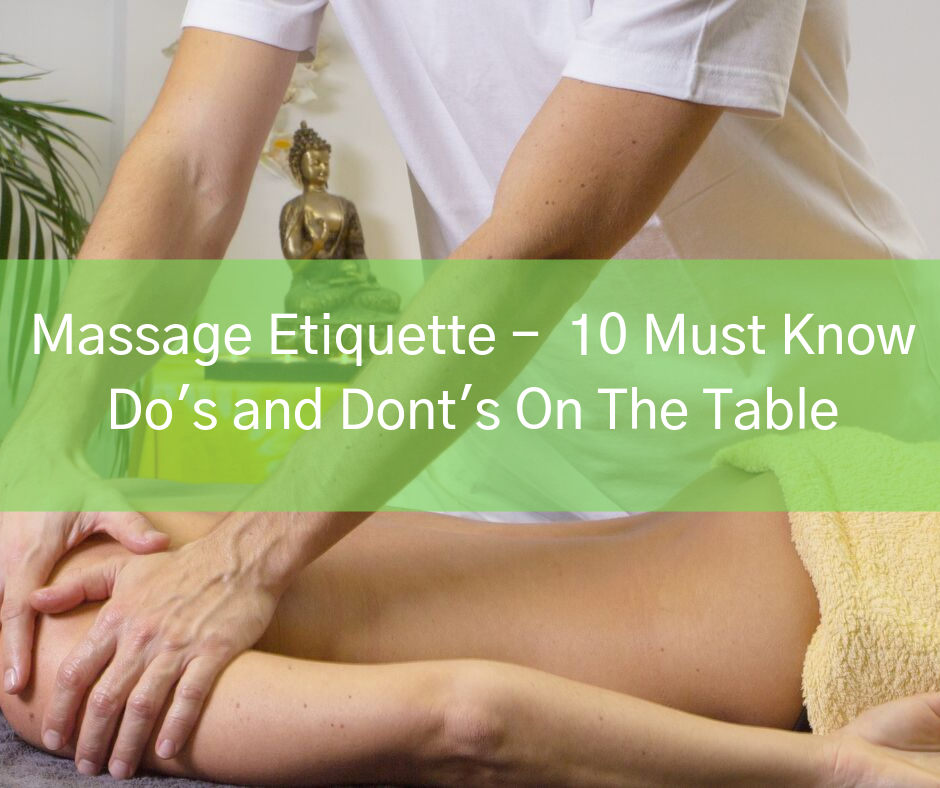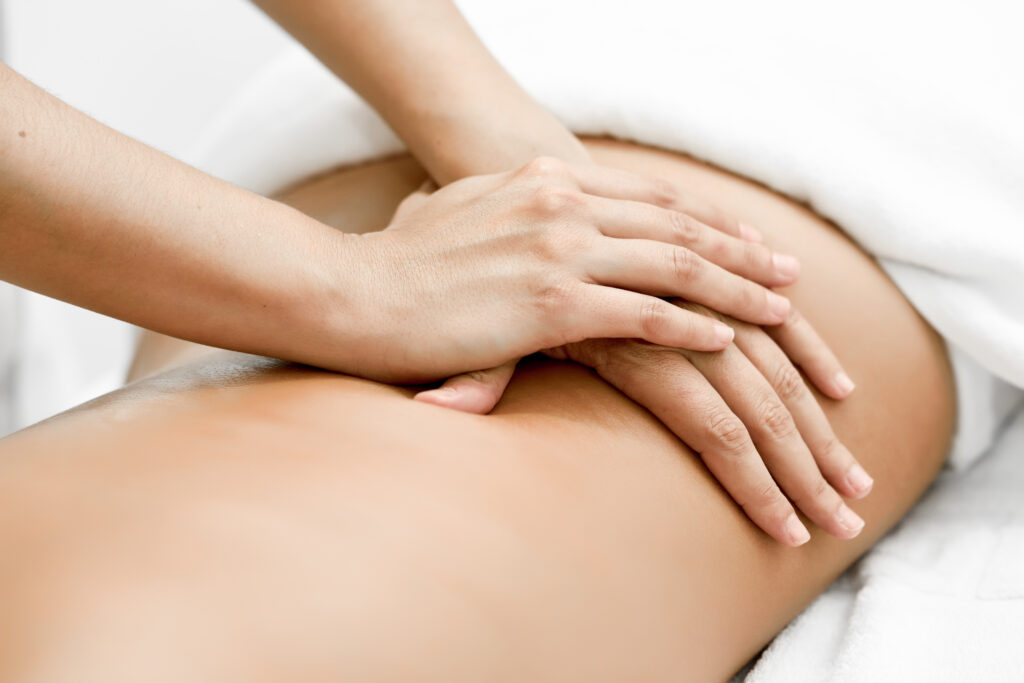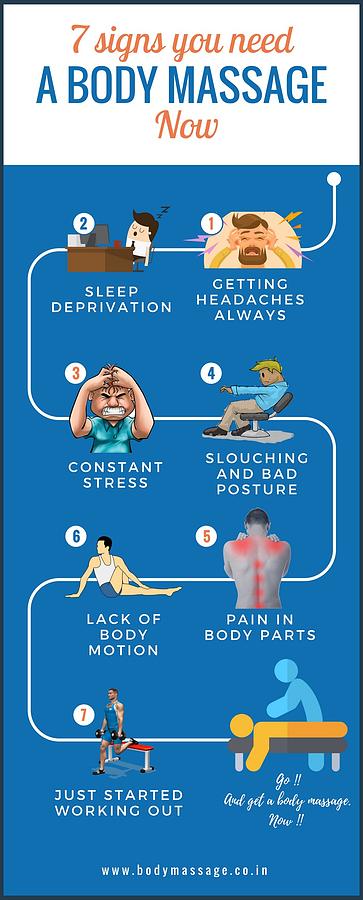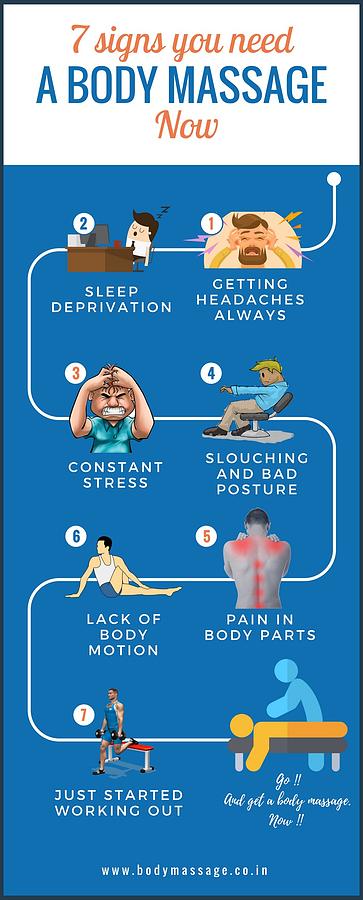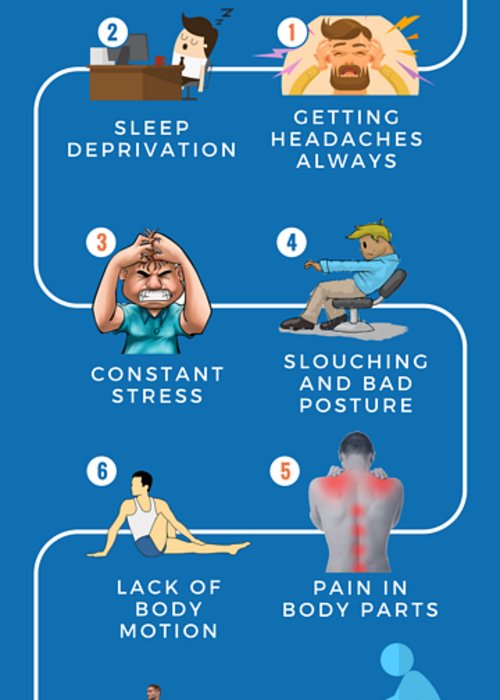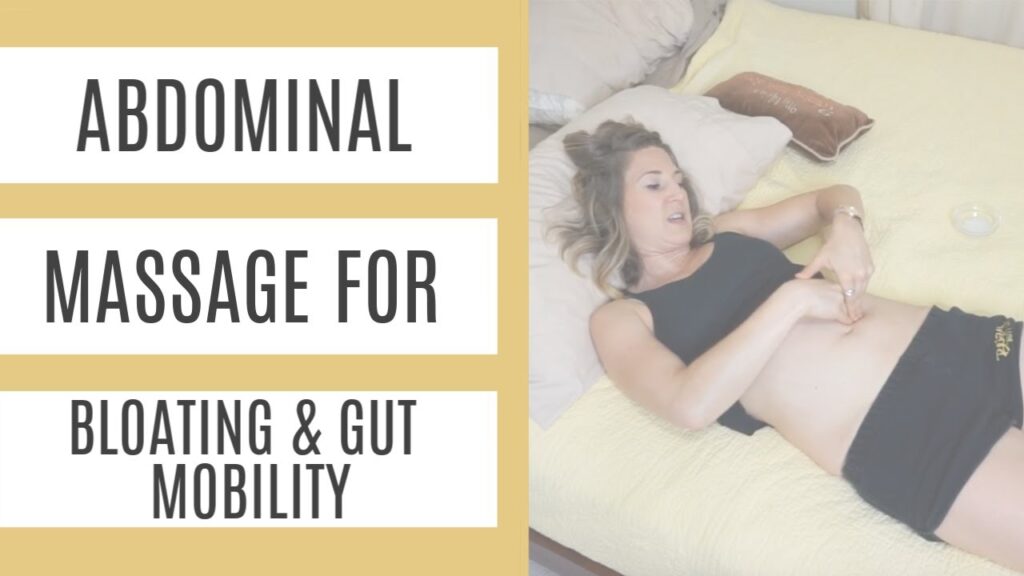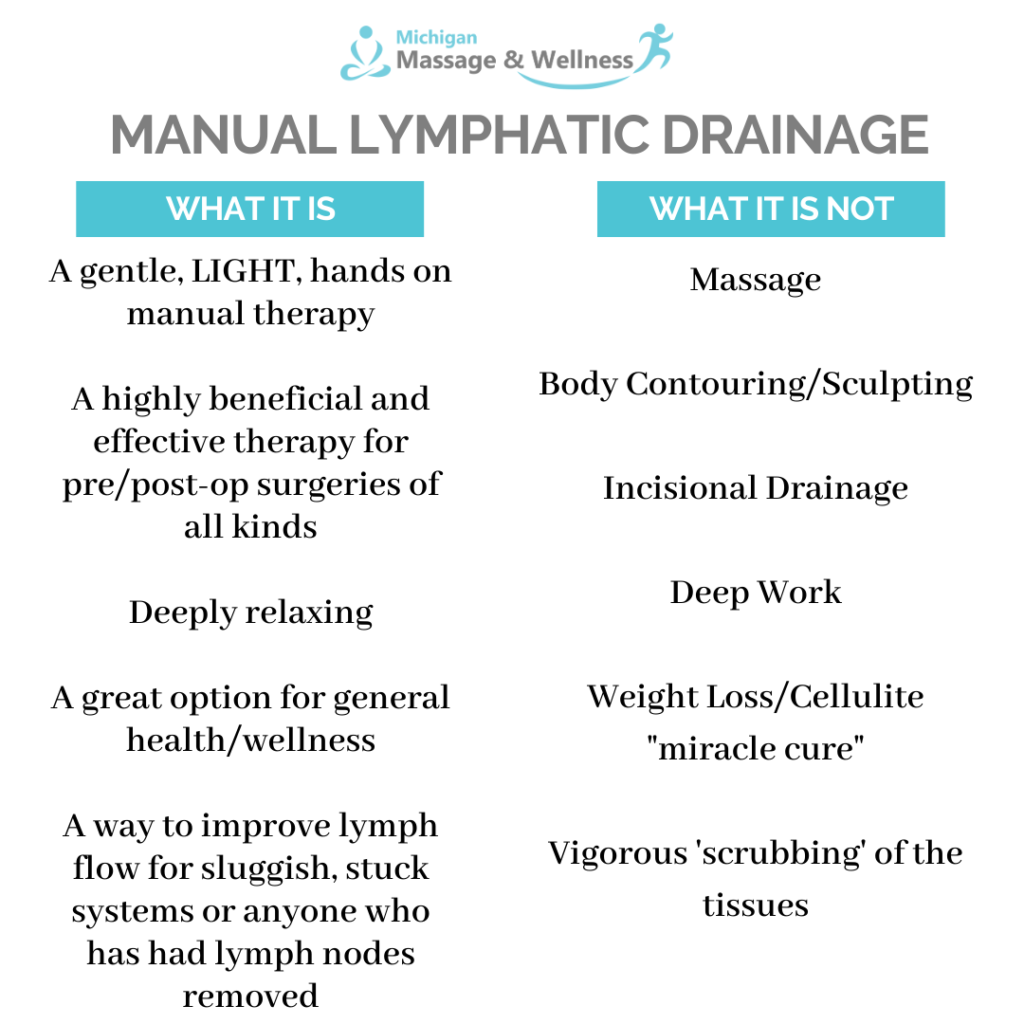Imagine the ultimate relaxation experience: a massage that not only relieves your stress but also feels like a gentle, soothing dance on your body. As you lie on the massage table, you wonder if there’s a way to enhance this blissful sensation. Could you ask your massage therapist to be barefoot while performing the massage? This article explores the possibility of this request and dives into the benefits it may offer for both you and the therapist. So kick off your shoes and join us on this journey to discover a truly unique massage experience.
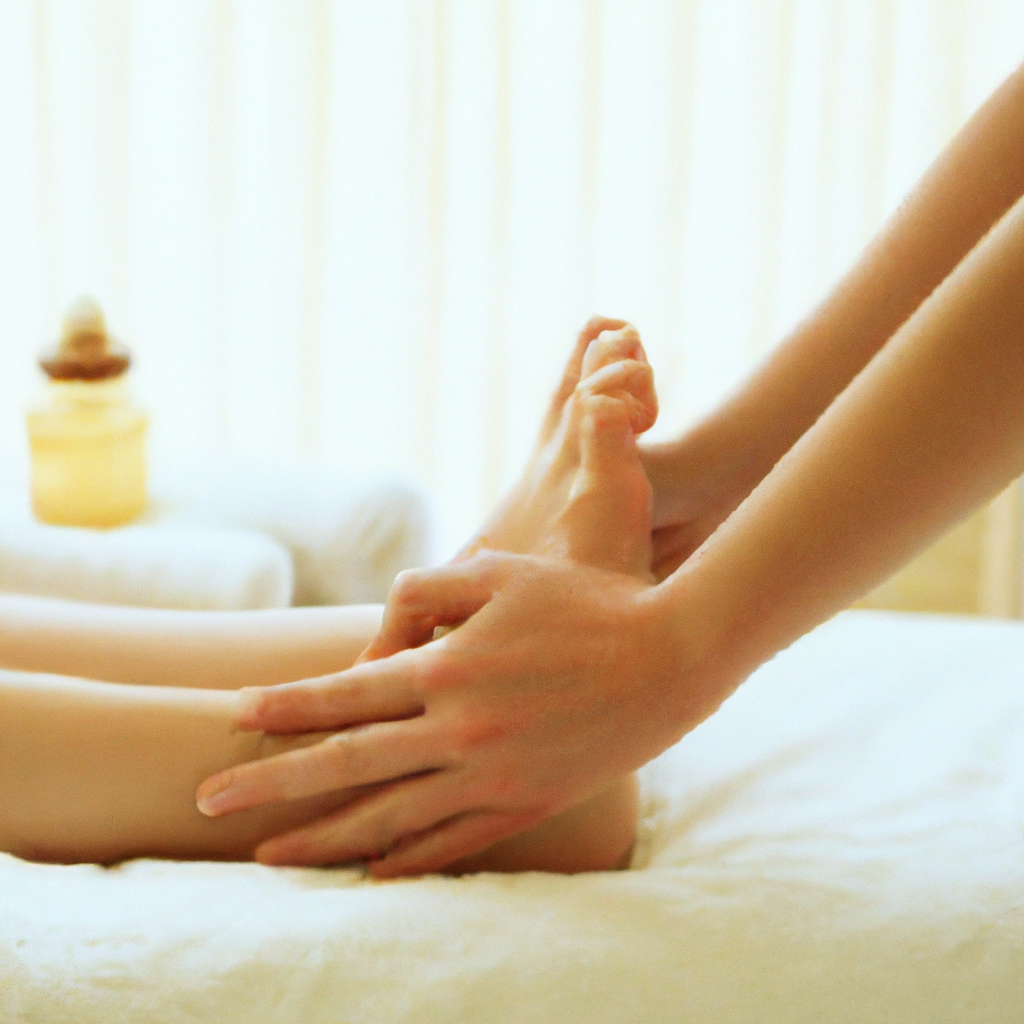
Benefits of Barefoot Massage
Improved Pressure and Precision
One of the key advantages of barefoot massage is the improved pressure and precision that can be achieved. When using the therapist’s feet, a broader surface area can be applied to the body, allowing for a deeper and more targeted pressure. This can be particularly beneficial for individuals who prefer a more intense massage or those with stubborn knots and tension. Additionally, the therapist can easily adjust the amount of pressure exerted by using their body weight, providing a customized experience based on your needs and preferences.
Deeper Muscle Penetration
Another benefit of barefoot massage is the ability to penetrate deep into the muscles. The therapist’s feet can apply a significant amount of pressure that is often difficult to achieve with other massage techniques. This deep pressure can help to release chronic tension, increase blood flow, and improve overall muscle function. By accessing the deeper layers of muscle tissue, barefoot massage can effectively address chronic pain and discomfort, leading to greater relief and relaxation.
Enhanced Flexibility and Range of Motion
Barefoot massage can also contribute to improved flexibility and range of motion. The therapist’s feet can be used to perform stretches and mobilization techniques that help to lengthen and loosen tight muscles. This can be particularly beneficial for athletes or individuals who engage in regular physical activity. By increasing flexibility, barefoot massage can help to prevent injuries, improve athletic performance, and promote overall mobility and well-being.
Client Comfort and Experience
Sensory Experience
In addition to the physical benefits, barefoot massage offers a unique sensory experience. The therapist’s soft, warm feet gliding across the body can be incredibly soothing and comforting. The use of feet in combination with traditional hand techniques can create a more varied and enjoyable massage experience, heightening your senses and allowing for a deeper state of relaxation. The gentle pressure and rhythmical movements of barefoot massage can induce a meditative state, promoting overall tranquility and mental well-being.
Feeling of Connection
Barefoot massage can also foster a sense of connection between you and your massage therapist. The use of feet can foster a more intimate and personal experience, as the therapist’s body is directly engaged with yours. This can help to establish trust, as open communication and a sense of mutual understanding are essential for a positive massage experience. The feeling of connection can deepen the therapeutic effects of the massage, enhancing your overall well-being and leaving you feeling grounded and nurtured.
Heightened Relaxation
One of the greatest benefits of barefoot massage is the heightened relaxation it can induce. The combination of deep pressure, broad strokes, and gentle motions can release tension from both your body and mind, allowing for a true state of relaxation. Barefoot massage promotes the release of endorphins, the body’s natural feel-good hormones, which can help to reduce stress, anxiety, and promote a sense of well-being. It can be the perfect escape from the demands and pressures of everyday life, offering a tranquil and rejuvenating experience.
Communication with Your Massage Therapist
Setting Expectations
Effective communication with your massage therapist is crucial to ensuring a positive and personalized barefoot massage experience. Before the session begins, take a moment to discuss your goals, preferences, and any specific areas of concern. Clearly communicate the desired level of pressure, the areas you would like to focus on, and any conditions or injuries that may require special attention. By setting clear expectations from the start, both you and your therapist can work together to achieve the desired results.
Expressing Your Preference
During the massage, it is important to express your preferences and provide feedback to ensure your comfort and satisfaction. If the pressure feels too intense or too light, do not hesitate to let your therapist know. They are there to provide a tailored experience based on your needs, and your input is valued. Regularly communicate your comfort level, allowing the therapist to make any necessary adjustments to ensure an enjoyable and effective experience.
Requesting Consent
Consent is a crucial aspect of any massage therapy session, including barefoot massage. If you have any concerns or reservations about the use of feet during your massage, it is important to discuss them with your therapist. They will respect your boundaries and can provide alternative techniques or approaches to meet your needs. Remember, the massage experience should always be a collaborative effort, driven by open communication and respect for your comfort and preferences.
Considerations for the Massage Therapist
Proper Training and Certification
For massage therapists, it is essential to have proper training and certification before offering barefoot massage. This specialized technique requires a thorough understanding of anatomy, body mechanics, and the ability to apply pressure safely and effectively using the feet. Before booking a session, ensure that your therapist has received adequate training and holds relevant certifications to provide a professional and competent barefoot massage experience.
Personal Comfort and Safety
Massage therapists should prioritize their personal comfort and safety when performing barefoot massage. Proper body mechanics, such as maintaining balance and utilizing core strength, are crucial to avoid strain or injury during the session. The therapist should also ensure a clean and comfortable environment and use appropriate techniques and equipment to support their own well-being throughout the treatment. By prioritizing their own physical and mental health, therapists can provide a high-quality and sustainable barefoot massage service.
Professional Boundaries
Maintaining professional boundaries is an important consideration for massage therapists during barefoot massage sessions. Clear communication and consent should be established before and during the session, ensuring that both the client and therapist feel respected and comfortable. The therapist should adhere to a code of ethics and professionalism, maintaining a safe and therapeutic environment where the client’s well-being is the top priority. Professional boundaries help to create a trusting and respectful relationship, fostering a positive and effective massage experience.

Potential Concerns and Caveats
Hygiene and Sanitation
When considering barefoot massage, it is important to address any concerns regarding hygiene and sanitation. To ensure a clean and safe experience, massage therapists should adhere to strict hygiene practices. This includes regularly washing and disinfecting their feet, using clean linens and towels, and maintaining a sanitary treatment space. By prioritizing hygiene, therapists can provide a worry-free and sanitary barefoot massage experience.
Pre-existing Conditions and Injuries
Certain pre-existing conditions and injuries may impact the suitability of barefoot massage. It is essential to inform your therapist about any health concerns or medical conditions you may have. They can then assess whether barefoot massage is appropriate for your specific needs or recommend alternative techniques that will be more beneficial. Openly discussing your health and any concerns or limitations will help your therapist create a safe and effective treatment plan for you.
Individual Therapist Policies
Each massage therapist may have their own policies and guidelines regarding barefoot massage. Some therapists may not offer this technique at all, while others may have specific protocols in place. Before booking a session, it is important to inquire about the therapist’s approach to barefoot massage and any specific policies they may have. This will ensure that you have a clear understanding of what to expect and can make an informed decision based on your personal preferences and needs.
Exploring Alternatives to Barefoot Massage
Different Massage Techniques
If barefoot massage is not suitable or appealing to you, there are a variety of other massage techniques that can provide similar benefits. Traditional Swedish or deep tissue massage techniques, using the therapist’s hands and forearms, can effectively address muscle tension and promote relaxation. Other specialized techniques such as hot stone massage, aromatherapy massage, or Thai massage may also be worth exploring based on your specific needs and preferences.
Modifying Pressure and Techniques
If you are interested in a massage that incorporates both hand and foot techniques, you can discuss this preference with your therapist. They can modify the pressure and techniques used during the session to provide a combination of techniques that best suit your needs. This personalized approach allows the therapist to tailor the treatment to your desired level of pressure and overall massage experience.
Using Tools or Props
In some cases, therapists may incorporate tools or props into their massage techniques to achieve similar effects to barefoot massage. These tools can be used to provide targeted pressure, deeper muscle penetration, or enhanced flexibility. Examples may include massage balls, foam rollers, or specialized massage equipment. Discuss with your therapist the possibility of incorporating these tools into your massage session to achieve the desired results.
Ensuring a Positive Massage Experience
Open Communication
Open and honest communication is vital to ensuring a positive massage experience. Voice any concerns, preferences, or questions you may have before or during the session. Your therapist is there to listen and provide a customized experience based on your needs. By openly communicating your feelings and desires, you can work together with your therapist to create a massage session that meets your expectations and promotes your well-being.
Feedback and Adjustments
During the massage, provide feedback to your therapist regarding the pressure, technique, and overall experience. Your feedback helps them make adjustments to ensure your comfort and satisfaction. If something doesn’t feel right or you would like more or less pressure, don’t hesitate to speak up. Massage therapists are trained to adapt their techniques to accommodate your needs, and your feedback is essential in creating a positive and enjoyable massage experience.
Mutual Respect and Trust
Establishing mutual respect and trust between you and your massage therapist is key to a positive massage experience. Trust that your therapist has your well-being at heart and will honor your boundaries and preferences. Respect their expertise and professional guidelines while also respecting your own limitations and comfort level. By cultivating a relationship based on trust and respect, you can create a safe and nurturing environment that enhances the benefits of the massage and promotes overall well-being.
Legal and Ethical Considerations
Conforming to Local Laws and Regulations
Massage therapists must conform to local laws and regulations regarding the practice of massage therapy. This includes obtaining appropriate licensure, following hygiene regulations, and adhering to ethical guidelines. When considering barefoot massage, ensure that your therapist is licensed and operates within the legal framework of your jurisdiction. This not only ensures your safety but also provides reassurance that you are receiving services from a trained and qualified professional.
Respecting the Massage Therapist’s Boundaries
Respecting the boundaries of your massage therapist is essential to maintaining a professional and ethical relationship. Follow their instructions, guidelines, and requests, and be mindful of their comfort and well-being. Understand that their primary focus is your health and safety, and they may limit or adjust their techniques based on their professional judgment. By respecting their boundaries, you contribute to a respectful and effective massage experience.
Ethical Dilemmas and Consent
Ethical considerations play an important role in any massage therapy session, including barefoot massage. Consent is a cornerstone of ethical practice and should be obtained before any technique or treatment is performed. Make sure you understand the procedures involved in the massage and give your informed consent. If at any point during the session you feel uncomfortable or would like to discontinue the treatment, communicate your feelings to your therapist. They should respect your decision and make appropriate adjustments to ensure your comfort and well-being.
Conclusion
Barefoot massage offers a variety of benefits, including improved pressure and precision, deeper muscle penetration, and enhanced flexibility. It provides a unique sensory experience, fosters a feeling of connection, and promotes heightened relaxation. Effective communication with your massage therapist is essential to setting expectations, expressing preferences, and requesting consent. Massage therapists should prioritize proper training, personal comfort, and safety, as well as maintaining professional boundaries. Concerns regarding hygiene, pre-existing conditions, and individual therapist policies should be addressed. Exploring alternatives to barefoot massage and ensuring a positive experience through open communication, feedback, and mutual respect are key. Legal and ethical considerations should be upheld, conforming to local laws and regulations, respecting boundaries, and addressing consent. With these factors in mind, you can have a safe, comfortable, and enjoyable barefoot massage experience.

